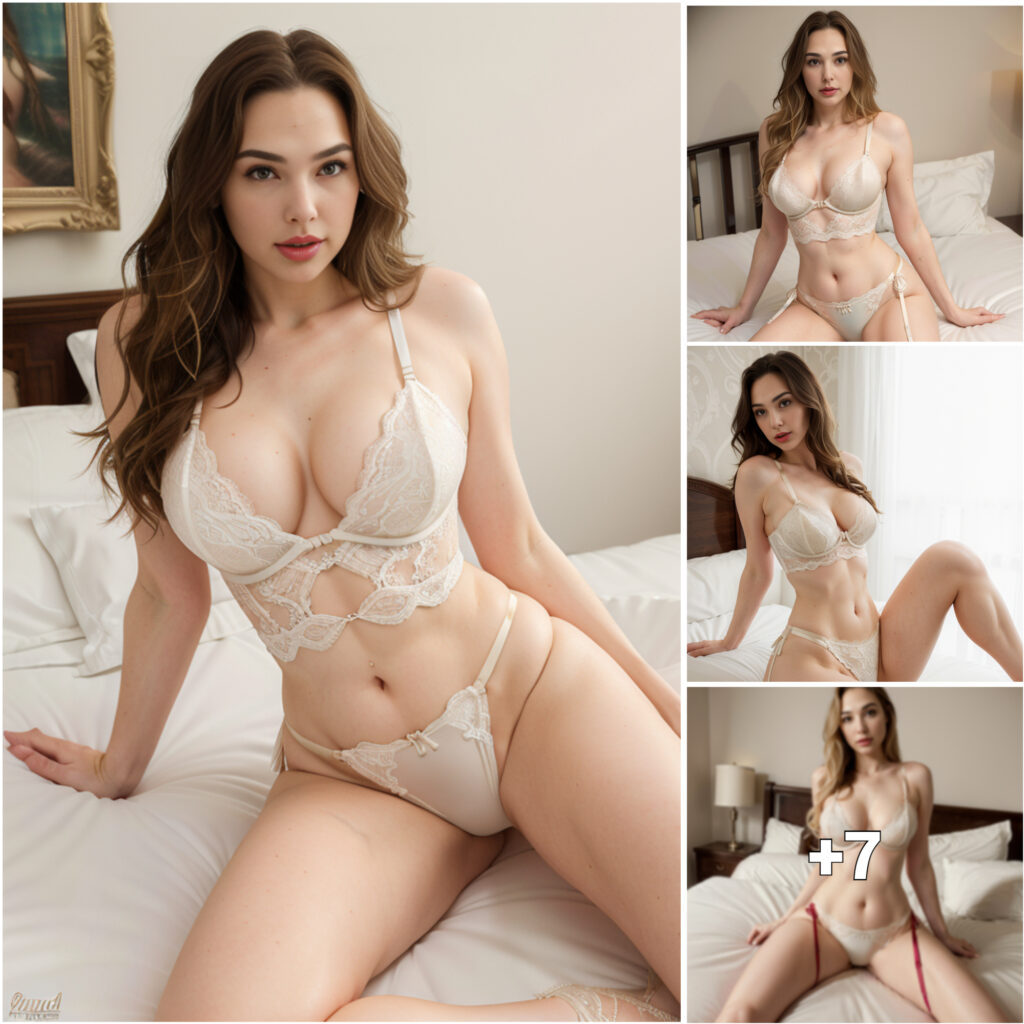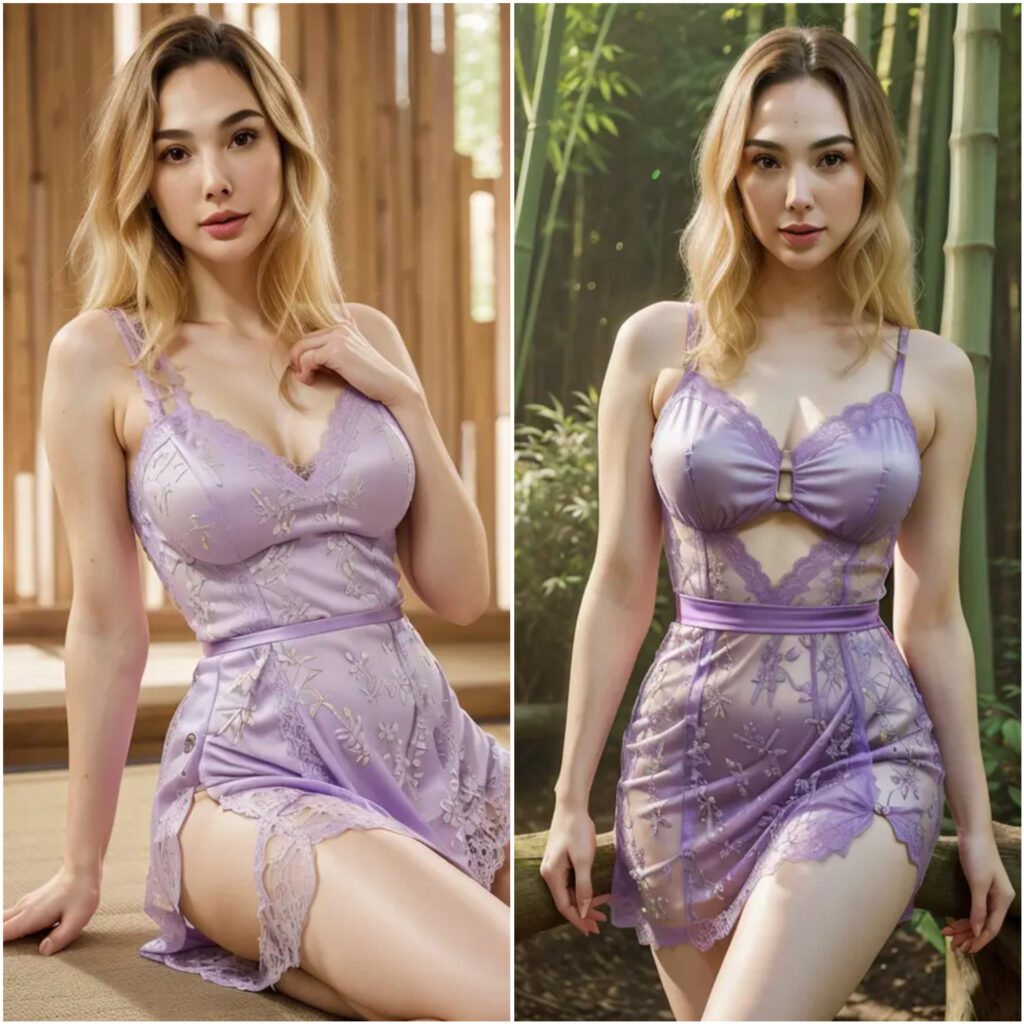The idea of beauty is a captivating notion that is subjective to each person’s perspective. Researchers have long been captivated by the concept of beauty, conducting various studies to explore it further. One recent study, in particular, has sparked interest by proposing that Angelina Jolie may not align with the scientific criteria of being captivatingly beautiful. This finding challenges our conventional beliefs and prompts us to contemplate the influence of science in defining what is considered attractive.
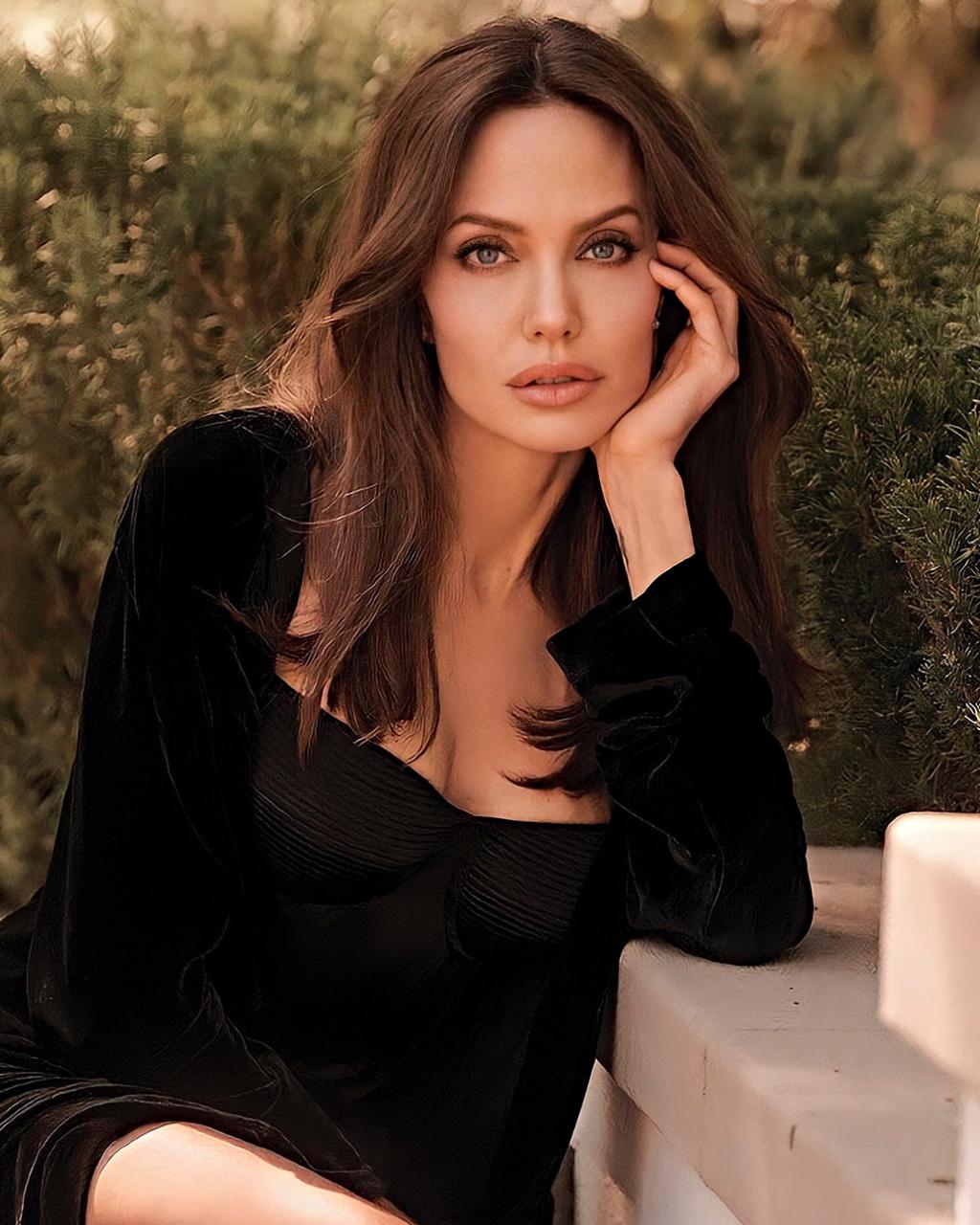
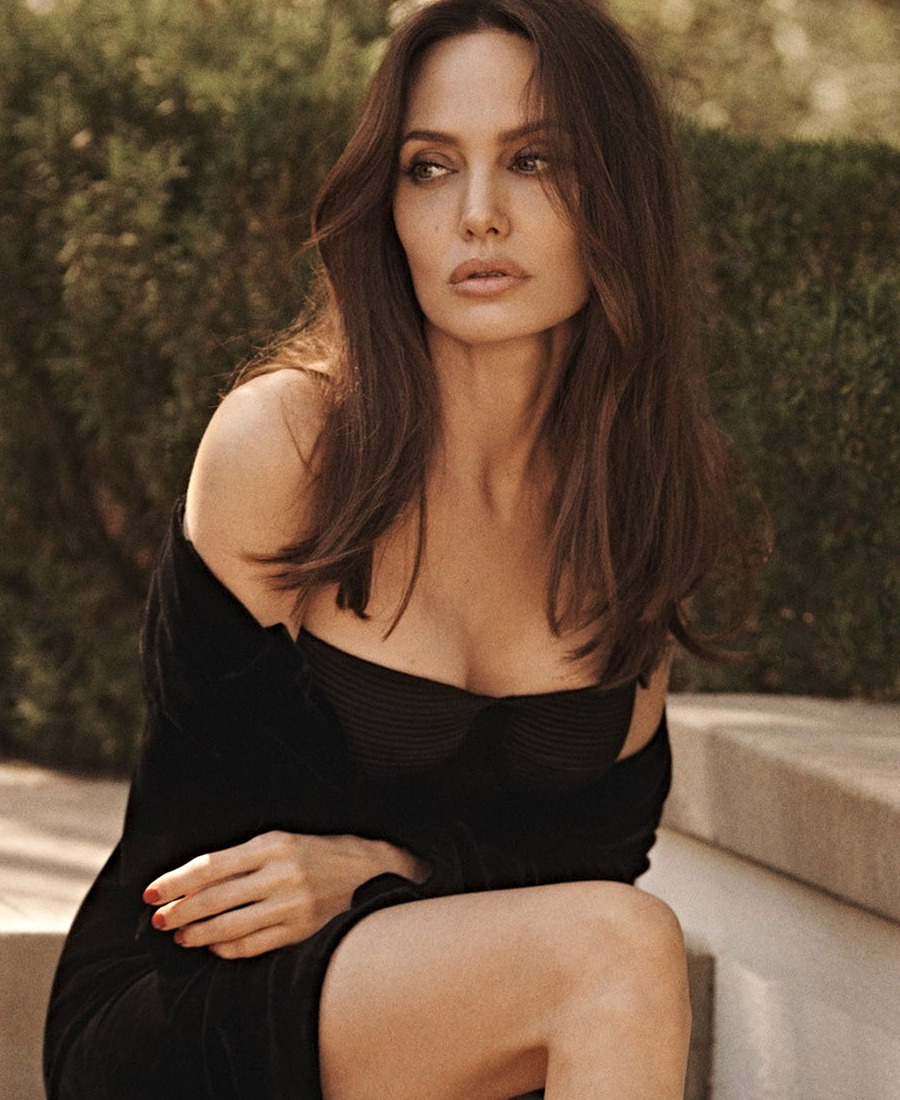
In today’s dynamic society, the notion of beauty is often seen as a bit of a gray area, as it can vary from person to person. A recent study delving into the topic of whether Angelina Jolie meets the criteria of traditional beauty standards has stirred up curiosity and sparked skepticism. Despite researchers attempting to measure beauty using elements like facial balance and harmony, the results of this investigation have caused us to reassess the core principles of beauty analysis.

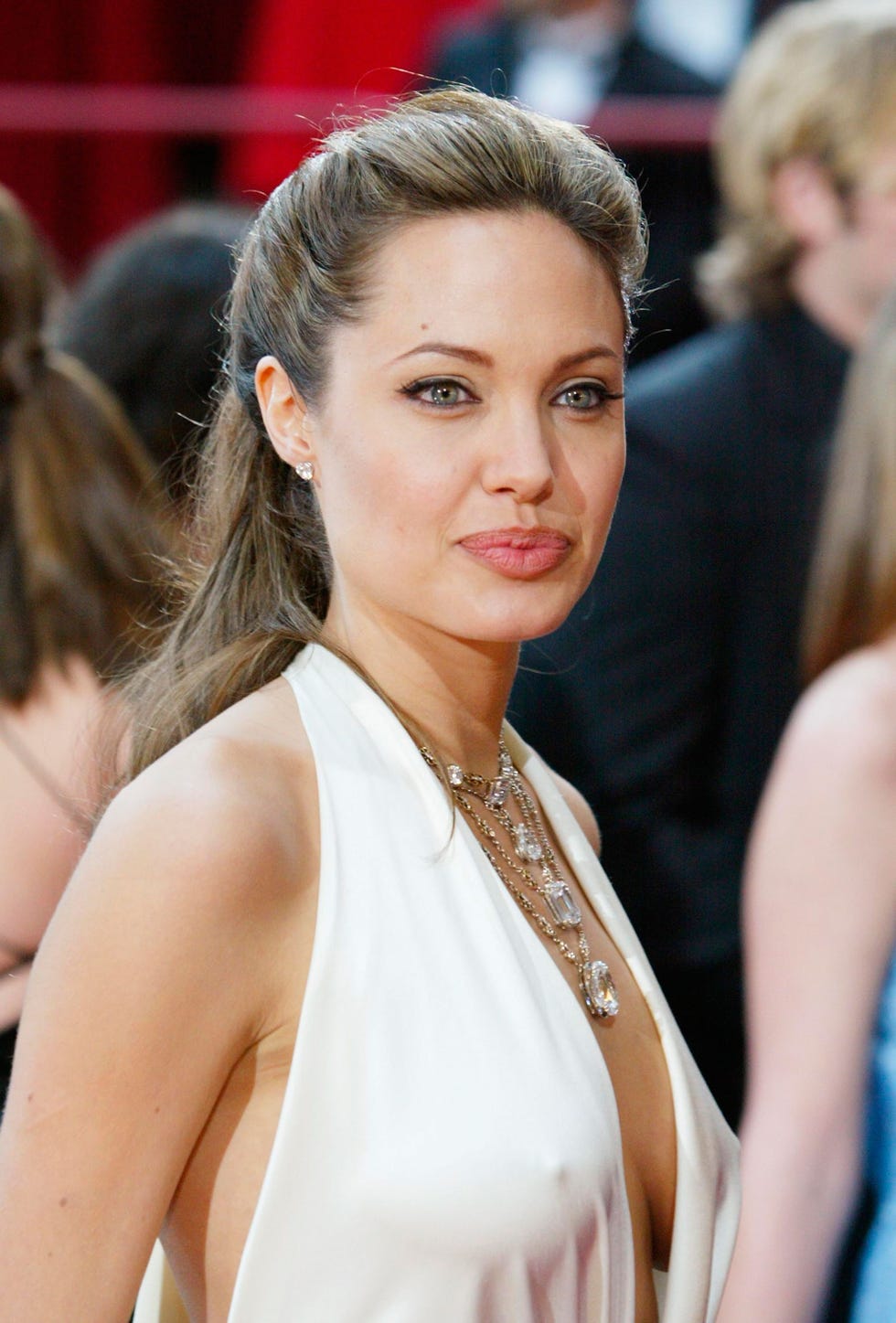
Angelina Jolie, who is celebrated globally for her stunning looks, has always been a mesmerizing and alluring presence. However, new studies suggest that her facial features do not conform to the conventional standards commonly used in scientific assessments of beauty. This finding challenges the notion that beauty can be defined universally and encourages us to reflect on the limitations of scientific methodologies in capturing the essence of charm.
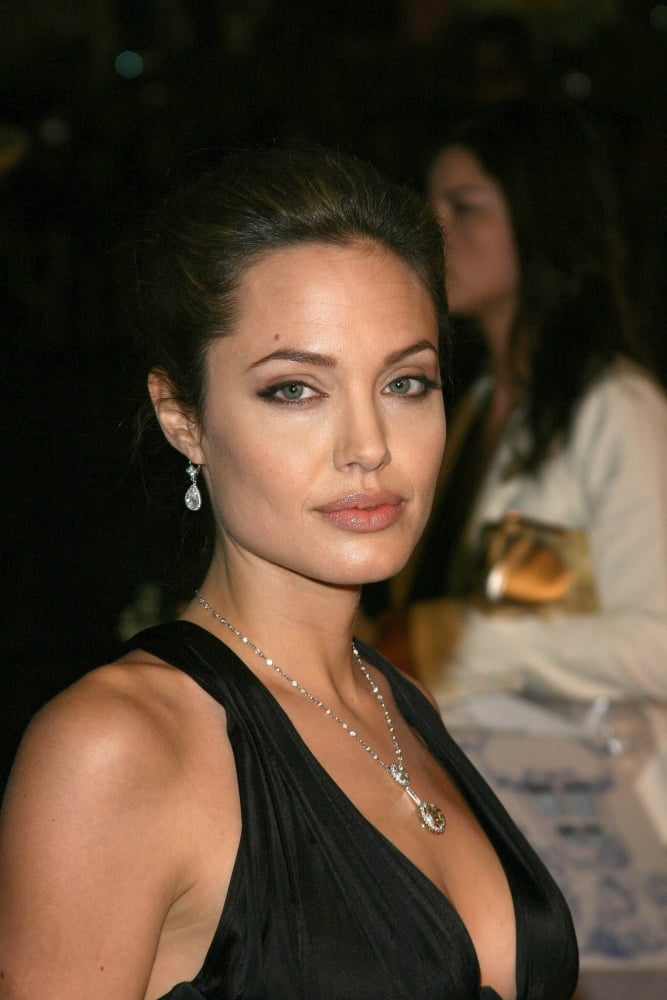
The findings of the study have led to discussions about how beauty is subjective and the issues that can arise when attempting to classify people according to set standards. Critics suggest that using set criteria to gauge beauty overlooks individual preferences, cultural factors, and the evolving norms of society. These revelations extend beyond just one celebrity like Angelina Jolie and call into question the broader implications of beauty research. Given that perceptions of beauty vary among cultures and eras, this research prompts us to consider whether a universal standard of beauty can adequately capture the diverse range of human aesthetics.

Rather than diminishing Angelina Jolie’s iconic status, the study has inadvertently sparked a conversation about the limitations of scientific objectivity in defining beauty. This discussion emphasizes the importance of a more inclusive perspective on glamour that celebrates individuality and acknowledges the fluidity of beauty standards. In essence, the research questioning Angelina Jolie’s adherence to scientific beauty norms has prompted a broader exploration of the intersection between beauty and science. As we navigate the intricate realm of attractiveness, this study encourages us to contemplate whether a rigid scientific framework can truly capture the essence of glamour, or if beauty, with all its nuances, defies easy categorization. Ultimately, the ongoing dialogue initiated by this study urges us to embrace the subjective and ever-changing nature of beauty, embracing diversity and complexity in a world that is wonderfully multifaceted.

